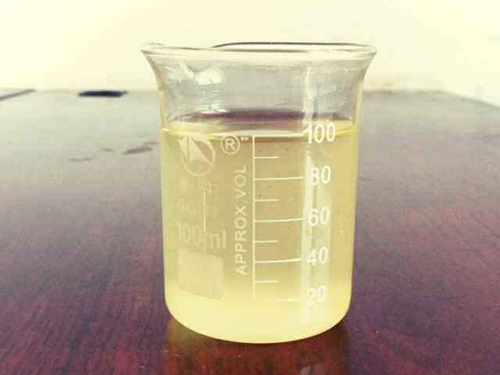diethylene triamine penta
The Importance and Applications of Diethylene Triamine Penta (DTPA)
Diethylene triamine penta (DTPA) is a polyaminocarboxylic acid that has garnered attention in various fields due to its versatile properties and applications. As a chelating agent, DTPA plays a crucial role in binding metal ions, which has significant implications in industries ranging from environmental science to healthcare. In this article, we will explore the properties, applications, and significance of DTPA.
Chemical Properties
DTPA is characterized by its five carboxyl groups attached to a triamine backbone, giving it an excellent capacity to form stable complexes with various metal ions. Its molecular structure allows for the effective sequestering of divalent and trivalent metal ions, including calcium, magnesium, lead, and iron. This property is essential for its applications in ion exchange processes, where unwanted metal ions must be removed or neutralized.
One of the notable features of DTPA is its higher stability constant compared to other chelating agents, which makes it particularly effective in environments where metal ion concentrations fluctuate. In terms of solubility, DTPA is soluble in water, which enhances its usefulness in practical applications.
Applications in Environmental Science
The application of DTPA in environmental science is particularly significant, especially in the treatment of wastewater and soil remediation. Metal contamination is a critical environmental issue, as heavy metals can pose serious health risks and impact ecosystems. DTPA is used in chelating processes to extract and remove these toxic metals from contaminated sites.
For instance, in phytoremediation, a process that utilizes plants to clean contaminated soil, DTPA is applied to enhance the bioavailability of heavy metals. By chelating these metals, DTPA allows plants to uptake and accumulate them more effectively. This method not only aids in decontamination but also helps in restoring the ecological balance of affected areas.
diethylene triamine penta

Role in Healthcare
In the medical field, DTPA is prominent for its role in diagnostic imaging and therapy. DTPA is utilized as a contrast agent in various imaging techniques, including magnetic resonance imaging (MRI) and nuclear medicine. In these applications, DTPA is used to bind radionuclides, allowing for clearer and more accurate imaging of internal organs and tissues.
Moreover, DTPA is used in chelation therapy to treat heavy metal poisoning, particularly lead and mercury. By binding to these toxic metals in the body, DTPA facilitates their excretion through urine, thereby reducing the risk of further health complications. This application is particularly important in cases of occupational exposure, where individuals may come into contact with heavy metals in their work environment.
Agricultural Implications
DTPA also plays a significant role in agriculture, particularly in the formulation of fertilizers. By chelating essential micronutrients like iron, manganese, and zinc, DTPA enhances their availability to plants, leading to improved nutrient uptake. This is especially beneficial in alkaline soils where certain metal ions tend to precipitate and become unavailable for plant absorption.
Conclusion
In conclusion, diethylene triamine penta (DTPA) is a multifunctional compound with significant applications across various industries. Its exceptional chelating properties make it invaluable in environmental science, healthcare, and agriculture. As the world continues to grapple with issues related to heavy metal contamination and the need for effective nutrient management, the role of DTPA is likely to become even more critical. Understanding and harnessing the potential of DTPA can lead to innovative solutions that promote environmental sustainability and enhance human health.
-
Water Treatment with Flocculant Water TreatmentNewsJun.12,2025
-
Polymaleic AnhydrideNewsJun.12,2025
-
Polyaspartic AcidNewsJun.12,2025
-
Enhance Industrial Processes with IsothiazolinonesNewsJun.12,2025
-
Enhance Industrial Processes with PBTCA SolutionsNewsJun.12,2025
-
Dodecyldimethylbenzylammonium Chloride SolutionsNewsJun.12,2025





